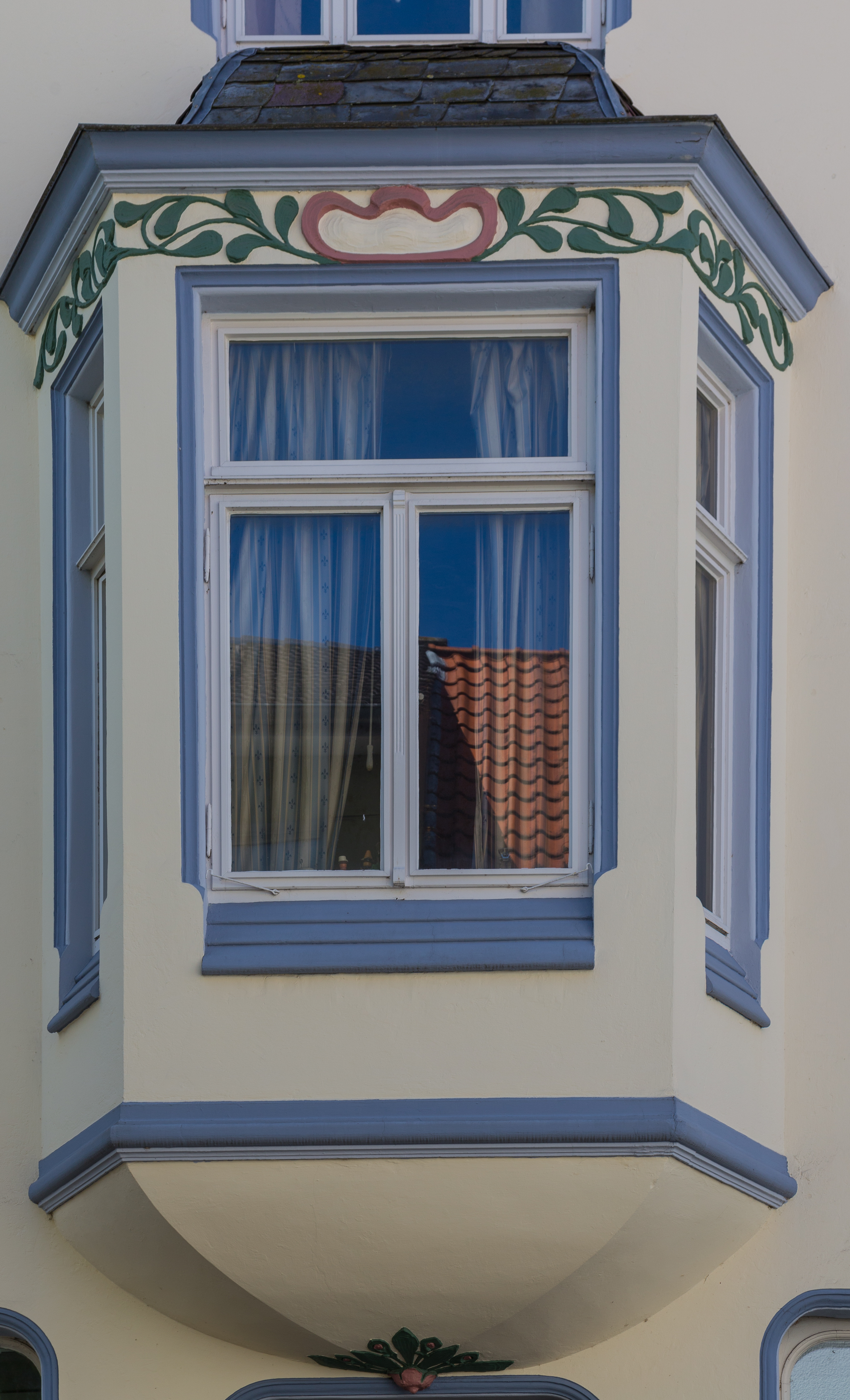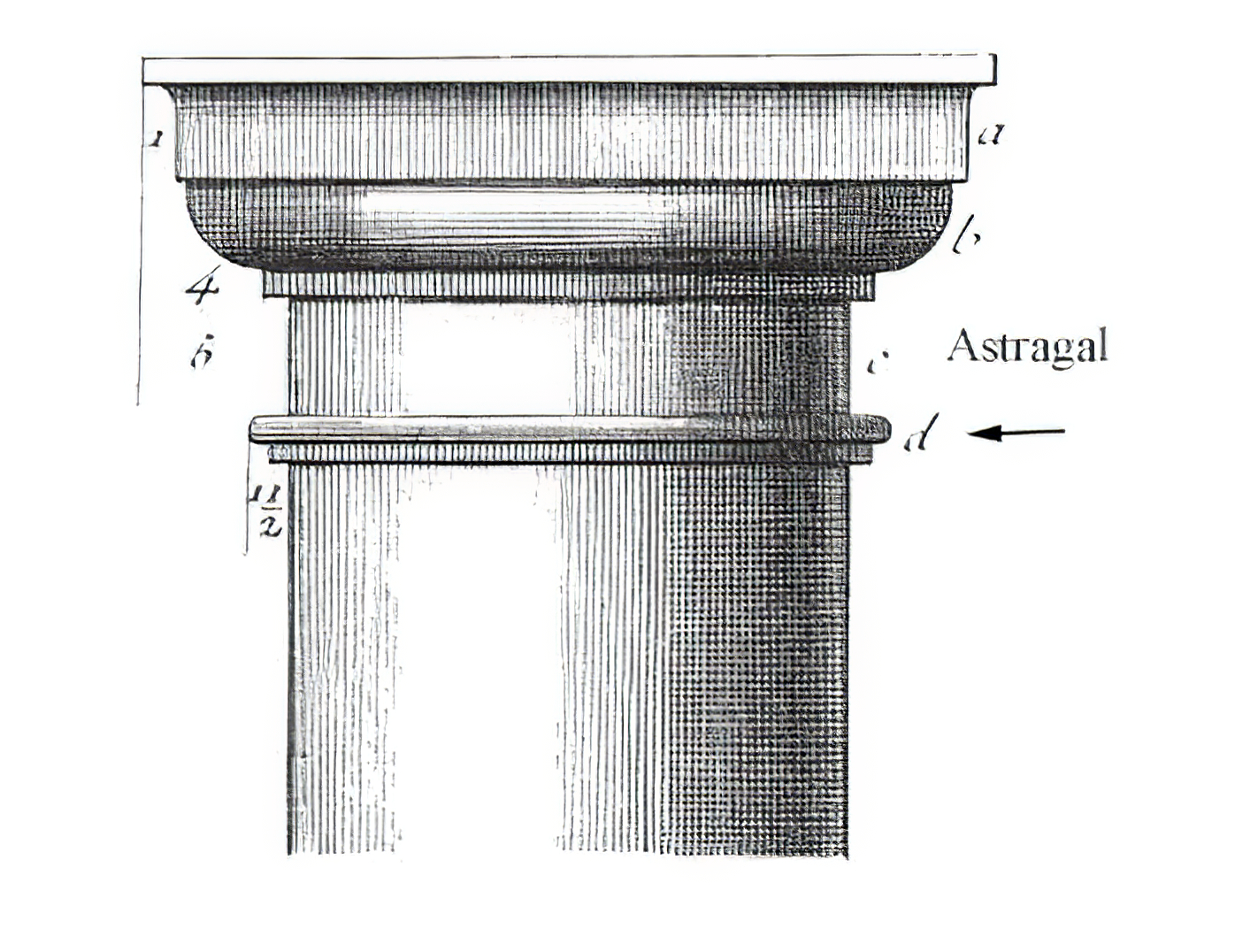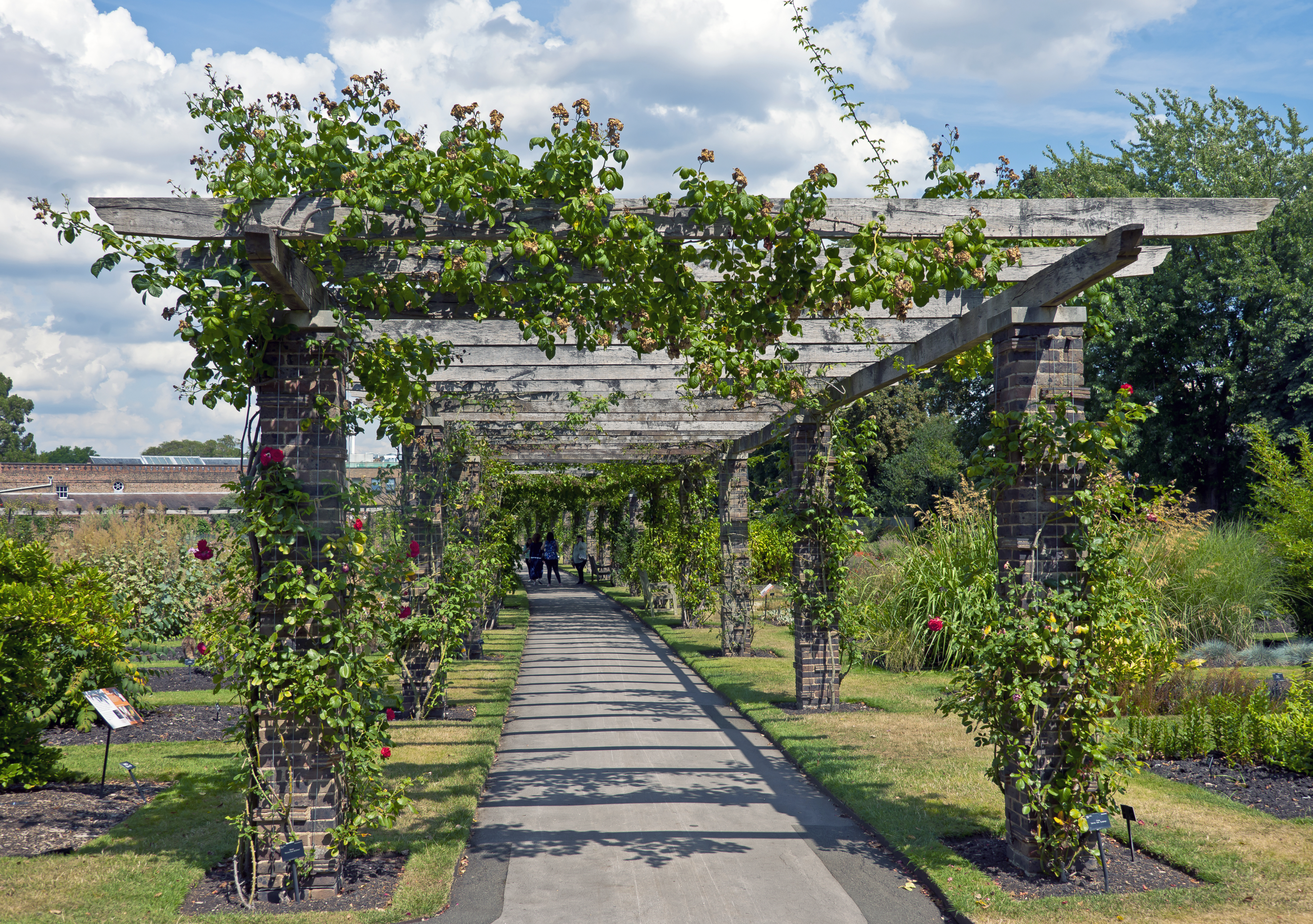|
Weetwood, Toowoomba
Weetwood is a heritage-listed Georgian style villa at 427 Tor Street, Newtown, Toowoomba, Toowoomba Region, Queensland, Australia. It was designed by architect James Marks and built from 1888 onwards. It was added to the Queensland Heritage Register on 21 October 1992. History Weetwood, a residence at 427 Tor Street, Toowoomba, is a ornate brick house built in 1888 for Richard William Scholefield. The allotments on which this residence is situated were originally a part of the land purchased in 1862 as Portion 176, parish Drayton, County of Aubigny (160 acres), by James Taylor, politician and Mayor of Toowoomba in 1890; Thomas George Robinson, stock and land salesman and first Australian-born Mayor of Toowoomba in 1865; and James Watts Grimes, a local auctioneer. During 1873, the title to Portion 176 was transferred to George Beresford King before it was again sold four years later. Thomas George Robinson was once more registered as a joint owner of the land along with Ja ... [...More Info...] [...Related Items...] OR: [Wikipedia] [Google] [Baidu] |
Newtown, Queensland (Toowoomba)
Newtown is a residential locality in Toowoomba in the Toowoomba Region, Queensland, Australia. In the , Newtown had a population of 10,039 people. Geography Newtown is located immediately west of the Toowoomba city centre. The eastern end of the Gore Highway starts at an intersection with the Warrego Highway in Newtown. History The area was the first outside the city centre to be subdivided for residential purposes in 1865. On 26 February 1899, the foundation stone for St Mary's College was laid by the Roman Catholic Archbishop of Brisbane Robert Dunne. The school opened on 2 October 1899 with 120 students. It was operated by the Christian Brothers until 1997 when the first lay principal was appointed. Spreydon College commenced on 4 February 1908 in the now-heritage listed Spreydon house. Under the patronage of the Presbyterian Church, the school became The Presbyterian Ladies College in January 1915. The primary school moved to the house ''Fairholme'' in East Toowo ... [...More Info...] [...Related Items...] OR: [Wikipedia] [Google] [Baidu] |
Porch
A porch (from Old French ''porche'', from Latin ''porticus'' "colonnade", from ''porta'' "passage") is a room or gallery located in front of an entrance of a building. A porch is placed in front of the facade of a building it commands, and forms a low front. Alternatively, it may be a vestibule, or a projecting building that houses the entrance door of a building. Porches exist in both religious and secular architecture. There are various styles of porches, many of which depend on the architectural tradition of its location. Porches allow for sufficient space for a person to comfortably pause before entering or after exiting a building, or to relax on. Many porches are open on the outward side with balustrade supported by balusters that usually encircles the entire porch except where stairs are found. The word "porch" is almost exclusively used for a structure that is outside the main walls of a building or house. Porches can exist under the same roof line as the rest of the ... [...More Info...] [...Related Items...] OR: [Wikipedia] [Google] [Baidu] |
Bay Window
A bay window is a window space projecting outward from the main walls of a building and forming a bay in a room. Types Bay window is a generic term for all protruding window constructions, regardless of whether they are curved or angular, or run over one or multiple storeys. In plan, the most frequently used shapes are isosceles trapezoid (which may be referred to as a ''canted bay window'') and rectangle. But other polygonal shapes with more than two corners are also common as are curved shapes. If a bay window is curved it may alternatively be called '' bow window.'' Bay windows in a triangular shape with just one corner exist but are relatively rare. A bay window supported by a corbel, bracket or similar is called an oriel window. "Rawashin" is a traditional and distinctive style of corbelled bay window in Jeddah, Saudi Arabia (e.g., as on the frontage of Nasseef House). Uses Most medieval bay windows and up to the Baroque era are oriel windows. They frequently ap ... [...More Info...] [...Related Items...] OR: [Wikipedia] [Google] [Baidu] |
Portico
A portico is a porch leading to the entrance of a building, or extended as a colonnade, with a roof structure over a walkway, supported by columns or enclosed by walls. This idea was widely used in ancient Greece and has influenced many cultures, including most Western cultures. Some noteworthy examples of porticos are the East Portico of the United States Capitol, the portico adorning the Pantheon in Rome and the portico of University College London. Porticos are sometimes topped with pediments. Palladio was a pioneer of using temple-fronts for secular buildings. In the UK, the temple-front applied to The Vyne, Hampshire, was the first portico applied to an English country house. A pronaos ( or ) is the inner area of the portico of a Greek or Roman temple, situated between the portico's colonnade or walls and the entrance to the '' cella'', or shrine. Roman temples commonly had an open pronaos, usually with only columns and no walls, and the pronaos could be as lon ... [...More Info...] [...Related Items...] OR: [Wikipedia] [Google] [Baidu] |
Stairs
Stairs are a structure designed to bridge a large vertical distance between lower and higher levels by dividing it into smaller vertical distances. This is achieved as a diagonal series of horizontal platforms called steps which enable passage to the other level by stepping from one to another step in turn. Steps are very typically rectangular. Stairs may be straight, round, or may consist of two or more straight pieces connected at angles. Types of stairs include staircases (also called stairways), ladders, and escalators. Some alternatives to stairs are elevators (also called lifts), stairlifts, inclined moving walkways, and ramps. A stairwell is a vertical shaft or opening that contains a staircase. A flight (of stairs) is an inclined part of a staircase consisting of steps (and their lateral supports if supports are separate from steps). Components and terms A ''stair'', or a ''stairstep'', is one step in a flight of stairs.R.E. Putnam and G.E. Carlson, ''Architectur ... [...More Info...] [...Related Items...] OR: [Wikipedia] [Google] [Baidu] |
Astragal
An astragal is a moulding profile composed of a half-round surface surrounded by two flat planes ( fillets). An astragal is sometimes referred to as a miniature torus. It can be an architectural element used at the top or base of a column, but is also employed as a framing device on furniture and woodwork Woodworking is the skill of making items from wood, and includes cabinet making ( cabinetry and furniture), wood carving, joinery, carpentry, and woodturning. History Along with stone, clay and animal parts, wood was one of the first mate .... The word "astragal" comes from the Greek for "ankle-joint", , ''. On doors An astragal is commonly used to seal between a pair of doors. The astragal closes the clearance gap created by bevels on one or both mating doors, and helps deaden sound. The vertical member (molding) attaches to a stile on one of a pair of either sliding or swinging doors, against which the other door seals when closed. Exterior astragals are kerf ... [...More Info...] [...Related Items...] OR: [Wikipedia] [Google] [Baidu] |
Eaves
The eaves are the edges of the roof which overhang the face of a wall and, normally, project beyond the side of a building. The eaves form an overhang to throw water clear of the walls and may be highly decorated as part of an architectural style, such as the Chinese dougong bracket systems. Etymology and usage According to the ''Oxford English Dictionary'', ''eaves'' is derived from the Old English (singular), meaning "edge", and consequently forms both the singular and plural of the word. This Old English word is itself of Germanic origin, related to the German dialect ''Obsen'', and also probably to ''over''. The Merriam-Webster dictionary lists the word as ''eave'' but notes that it is "usually used in plural". Function The primary function of the eaves is to keep rain water off the walls and to prevent the ingress of water at the junction where the roof meets the wall. The eaves may also protect a pathway around the building from the rain, prevent erosion of the foo ... [...More Info...] [...Related Items...] OR: [Wikipedia] [Google] [Baidu] |
Bracket (architecture)
A bracket is an architectural element: a structural or decorative member. It can be made of wood, stone, plaster, metal, or other media. It projects from a wall, usually to carry weight and sometimes to "...strengthen an angle". A corbel or console are types of brackets. In mechanical engineering a bracket is any intermediate component for fixing one part to another, usually larger, part. What makes a bracket a bracket is that it is intermediate between the two and fixes the one to the other. Brackets vary widely in shape, but a prototypical bracket is the L-shaped metal piece that attaches a shelf (the smaller component) to a wall (the larger component): its vertical arm is fixed to one (usually large) element, and its horizontal arm protrudes outwards and holds another (usually small) element. This shelf bracket is effectively the same as the architectural bracket: a vertical arm mounted on the wall, and a horizontal arm projecting outwards for another element to be attached o ... [...More Info...] [...Related Items...] OR: [Wikipedia] [Google] [Baidu] |
Overhang (architecture)
In architecture, an overhang is a protruding structure that may provide protection for lower levels. Overhangs on two sides of Pennsylvania Dutch barns protect doors, windows, and other lower-level structures. Overhangs on all four sides of barns and larger, older farmhouses are common in Swiss architecture. An overhanging eave is the edge of a roof, protruding outwards from the side of the building, generally to provide weather protection. History Overhangs are also common in medieval Indian architecture—especially Mughal architecture of the 16th–18th century, where they are called '' chhajja'', often supported by ornate corbels and also seen in Hindu temple architecture. Later, these were adopted by Indo-Saracenic architecture, which flourished during the British Raj. Extensive overhangs were incorporated in early Buddhist architecture; were seen in early Buddhist temples; and later became part of Tibetan architecture, Chinese architecture, and eventually, traditio ... [...More Info...] [...Related Items...] OR: [Wikipedia] [Google] [Baidu] |
Shed
A shed is typically a simple, single-story roofed structure that is used for hobbies, or as a workshop in a back garden or on an allotment. Sheds vary considerably in their size and complexity of construction, from simple open-sided ones designed to cover bicycles or garden items to large wood-framed structures with shingled roofs, windows, and electrical outlets. Sheds used on farms or in the industry can be large structures. The main types of shed construction are metal sheathing over a metal frame, plastic sheathing and frame, all-wood construction (the roof may be asphalt shingled or sheathed in tin), and vinyl-sided sheds built over a wooden frame. Small sheds may include a wooden or plastic floor, while more permanent ones may be built on a concrete pad or foundation. Sheds may be lockable to deter theft or entry by children, domestic animals, wildlife, etc. Etymology The word is recorded in English since 1481, as , possibly a variant of shade. The word shade comes ... [...More Info...] [...Related Items...] OR: [Wikipedia] [Google] [Baidu] |
Pergola
A pergola is most commonly an outdoor garden feature forming a shaded walkway, passageway, or sitting area of vertical posts or pillars that usually support cross-beams and a sturdy open lattice, often upon which woody vines are trained. The origin of the word is the Late Latin ''pergula'', referring to a projecting eave. As a type of gazebo, it also may be an extension of a building or serve as protection for an open terrace or a link between pavilions. They are different from green tunnels, with a green tunnel being a type of road under a canopy of trees. Pergolas are sometimes confused with "arbors," as the terms are used interchangeably. Generally, an "arbor" is regarded as wooden bench seats with a roof, usually enclosed by lattice panels forming a framework for climbing plants; in evangelical Christianity, brush arbor revivals occur under such structures. A pergola, on the other hand, is a much larger and more open structure. Normally, a pergola does not include ... [...More Info...] [...Related Items...] OR: [Wikipedia] [Google] [Baidu] |
Carport
A carport is a covered structure used to offer limited protection to vehicles, primarily cars, from rain and snow. The structure can either be free standing or attached to a wall. Unlike most structures, a carport does not have four walls, and usually has one or two. Carports offer less protection than garages but allow for more ventilation. In particular, a carport prevents frost on the windshield. A "mobile" and/or "enclosed" carport has the same purpose as a standard carport. However, it may be removed/relocated and is typically framed with tubular steel and may have canvas or vinyl type covering which encloses the complete frame, including walls. It may have an accessible front entry or open entryway not typically attached to any structure or fastened in place by permanent means put held in place by stakes. It is differentiated from a tent by its main purpose: to house vehicles and/or motorized equipment(a tent is to shelter people). History The term ''carport'' comes from t ... [...More Info...] [...Related Items...] OR: [Wikipedia] [Google] [Baidu] |








